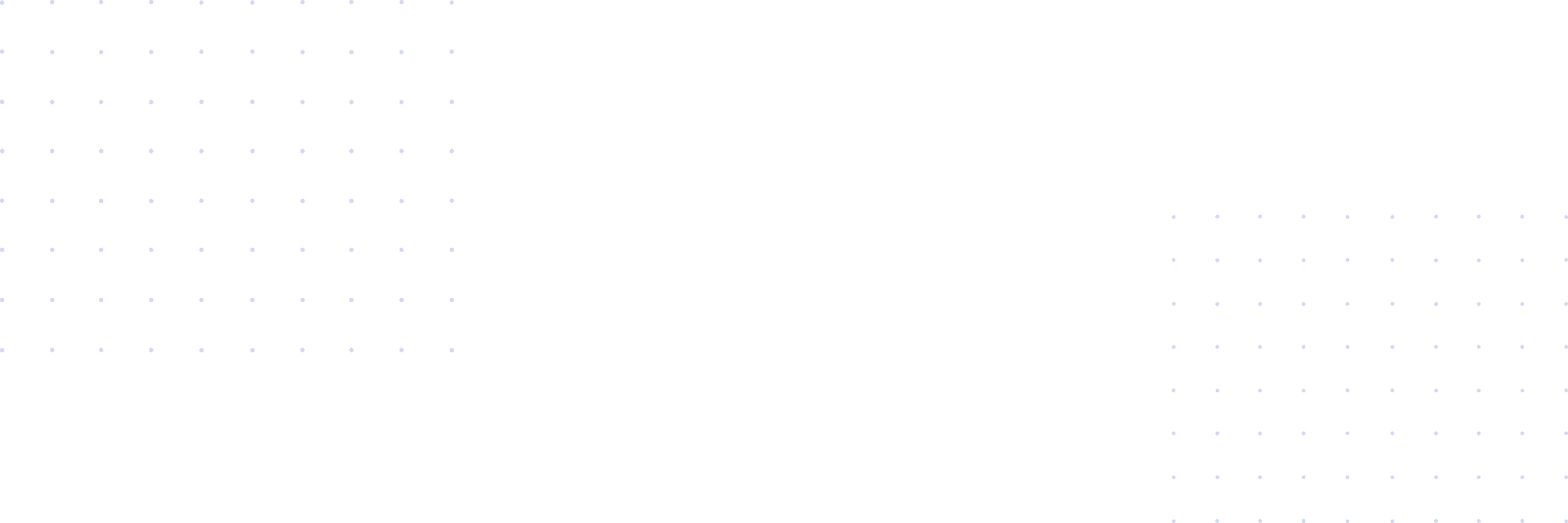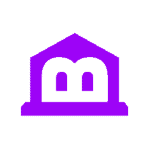Anyone new to the banking world may not even be familiar with the term “deposit accounts.” It is meant to encompass the various types of accounts you might consider opening with a bank or credit union. The two primary deposit accounts most bank customers use include checking and savings accounts. So, let’s look a little more in-depth at the difference between checking and savings accounts, then we’ll touch on other types of deposit accounts.
What Is a Savings Account?
As the name would imply, a savings account is designed for the money you want to save for later use. Banks and credit unions frequently will pay interest on the money you place in your savings account, but they will also limit your access to the money. Banks don’t normally keep your money on hand, in the form of cash. They invest the money or loan it to other customers, so they are getting a return on the money and share a portion of that with you.
As interest rates have remained relatively low for the past decade, the interest you receive for a savings account will be relatively low, but it’s something. Brick-and-mortar banks and credit unions are paying only about a quarter of a percent right now on savings accounts, but you can find higher-yield accounts through online banks. These banks don’t have a high overhead of maintaining buildings and large staffs, so they are able to pay something in the neighborhood of 2 to 2.5 percent.
There’s no rule that says you have to keep your checking and savings account in the same bank. It’s easy to transfer money from bank to bank, so you can consider all options when looking at a savings account.
Unlike with a checking account, you’ll most likely have limits on how many transactions you can make monthly with your savings account. Make sure you understand what your bank considers a transaction, as some will count deposits as transactions, while others count only withdrawals. If your goal is to see steady growth in your savings account, you might want to check with your employer to see if they can direct deposit to two accounts, so you can have a portion of each paycheck deposited directly into your savings account. Otherwise, you’ll need to be disciplined yourself and make that transfer each time you are paid.
What Is a Checking Account?
The primary account you use for day-to-day financial transactions is a checking account. These days, you might seldom write a check from your checking account. But before the advent of debit cards, that was the primary way for spending money out of your checking account.
Your checking account is where you’ll most likely deposit your paycheck, whether it is an actual physical check from your employer or via direct deposit. You also can deposit cash directly at the bank or through an ATM.
The money in your checking account remains readily accessible for you via many routes. You can use your debit card, you can write checks, you can withdraw money from an ATM, you can link to a PayPal, Apple or Google account or you can link to any other payment services you use. You also can set up automatic payments for your regular bills, such as utilities or student loans.
Most banks do not put a limit on the number of transactions on your checking account, though some could. So it’s a good question to ask as the fees add up if you go far over the limit.
Speaking of fees, some banks also will charge for a checking account. This is usually a monthly fee, though some banks and credit unions will waive the fee if you keep a certain minimum balance or an average balance above a certain dollar figure.
Traditionally, you would seek out a local bank to establish your checking account so you’d have ready access to a branch. But with online services, you can set up your checking account virtually anywhere, especially if you can make a direct deposit of your paycheck. If you frequently need cash, you might want to find one that has ATM service in your community. Look out for out-of-network fees for using other ATMs, since you’re likely to be charged two fees (one from your bank and one for the bank that operates the ATM).
Other Types of Deposit Accounts
When you are getting started, checking and savings are going to be the main types of deposit accounts you’ll be concerned with. A couple of other options if you are looking at long-term savings would be:
- Money Market Accounts: This is another type of savings account that pays a slightly higher interest rate, but also further restricts when you can access the money. Interest rates typically are flexible and tied into, you guessed it, money markets.
- Certificates of Deposit: CDs pay a higher interest rate but lock up your money for a fixed time. For example, a 5-year certificate of deposit could garner you a higher interest rate than a 2-year CD. CDs come in both fixed-rate and adjustable. Fixed-rate CDs offer you the same interest rate for the duration of the time. An adjustable-rate CD typically is adjusted once per year. Some banks promote these by saying, if interest rates go up, your rate will go up, but if rates go down, yours won’t go down.
As you consider when and where you want to open your checking or savings account, Banks.com’s partners will offer you competitive accounts that meet your individual needs.






